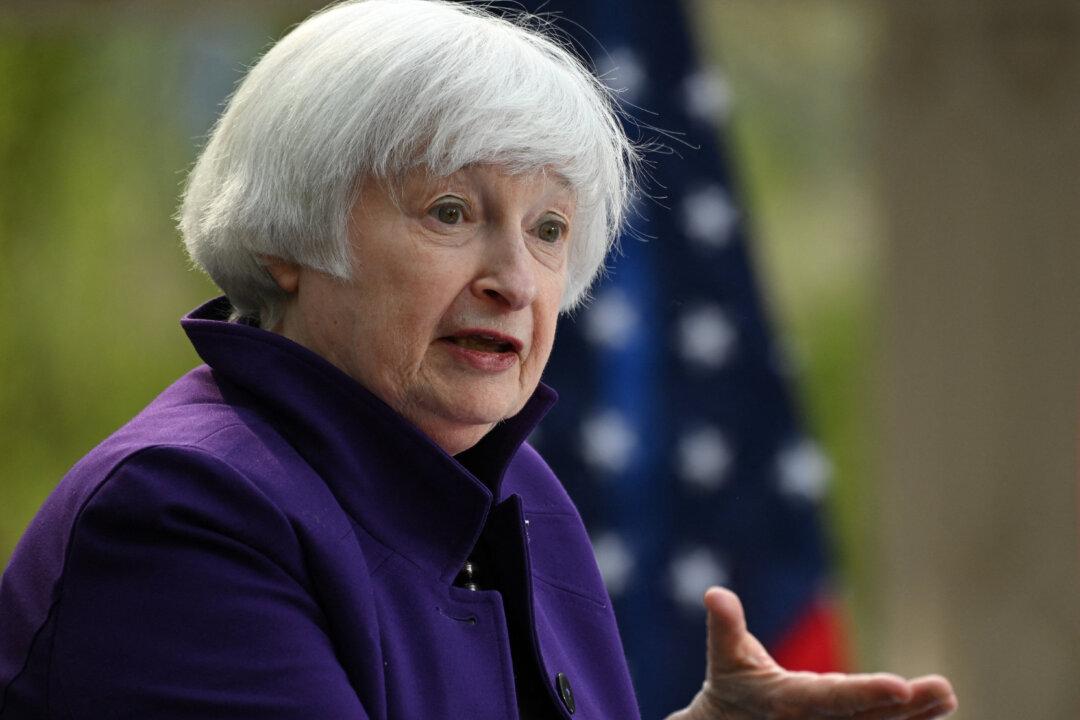Last month, due to a blend of supply tightness and solid demand, the median home price soared to an all-time high of $419,300.
Appearing in Minnesota on June 24, Ms. Yellen unveiled new efforts to bolster supply and lower costs, including a $100 million fund over three years to finance affordable housing projects.
“We face a very significant housing supply shortfall that has been building for a long time,” Ms. Yellen said in prepared remarks. “This supply crunch has led to an affordability crunch.”
The newest framework also consists of urging several federal, state, and local agencies to help finance new housing development. The White House called upon the 11 Federal Home Loan Banks (FHLB) to enhance their spending on housing programs.
As part of President Joe Biden’s fiscal year 2025 budget, the White House urges the FHLBs to dedicate 20 percent of their net income to housing programs, with a focus on prioritizing new construction. By law, the banks are mandated to allocate 10 percent, but they have voluntarily committed to 15 percent.
In addition, the administration announced an “Affordable Housing How-To Guide” that educates state and local governments in using recovery funds offered by the Treasury Department to build housing.
Ms. Yellen’s announcement was made days before President Biden is scheduled to debate former President Donald Trump. Inflation is expected to be a major topic in the first presidential debate.
While the consumer price index (CPI) eased for the second consecutive month in May, the shelter component has remained high.
But the senior administration official believes that shelter inflation will moderate.
White House Targets Housing
Ms. Yellen is the latest Biden administration official to make a public announcement on housing.She touted the president’s multiple public policy tools to enhance supply, including a $10,000 tax credit to push current homeowners to sell their starter homes.
“Costs and, particularly, affordability of housing costs, remains a pain point for too many Americans,” Ms. Brainard said on June 20.
“The president knows that housing costs are a critical part of every family’s budget. He has a comprehensive plan to lower housing costs for families.”
The top White House economist also pointed to a tax credit that supports new housing construction activity that is projected to build 200,000 additional affordable units. The public policy instrument, a part of the broader Tax Relief for American Families and Workers Act of 2024 bill, has stalled in Congress.

Single-family housing starts declined 5.2 percent to a seven-month low, while starts for units in buildings with five or more units plummeted 10.3 percent to a two-month low.
Heading into the June 27 debate, several other White House officials have announced, or plan to announce, housing-related policies to increase housing supply, access homeownership, and lower costs.
America’s Affordable Housing Challenge
According to a new study by the Treasury Department, home and rent prices have been rising faster than incomes across the country for the last two decades.For the last 24 years, housing demand has outpaced supply, officials say.
“This is largely due to changing demographics: although the construction of housing has kept pace with overall population growth, it has fallen well short of the estimated number of housing units demanded by an aging population,” the report stated.
Affordability issues have been “particularly severe for households of color and low-income communities,” as black and Hispanic households dedicate more of their incomes to housing expenses, the report notes.
“Down payments have always been important, but even more so today. With so few available, buyers may have to wait even longer for the right home to hit the market, especially now that buyers can afford less,” said Skylar Olsen, chief economist at Zillow, in the report. “Mortgage rate movements during that time could make the difference between affording that home and not.”







